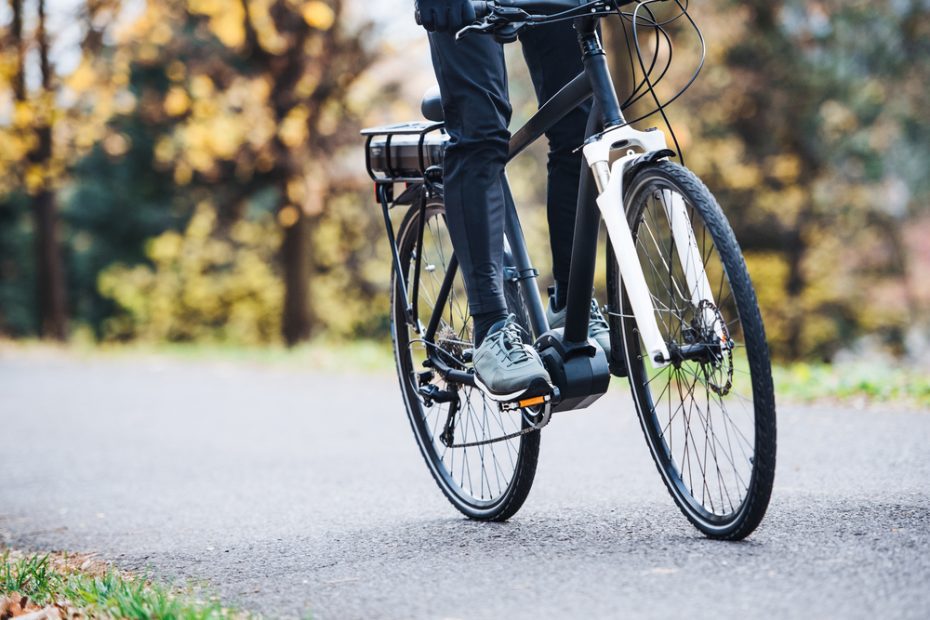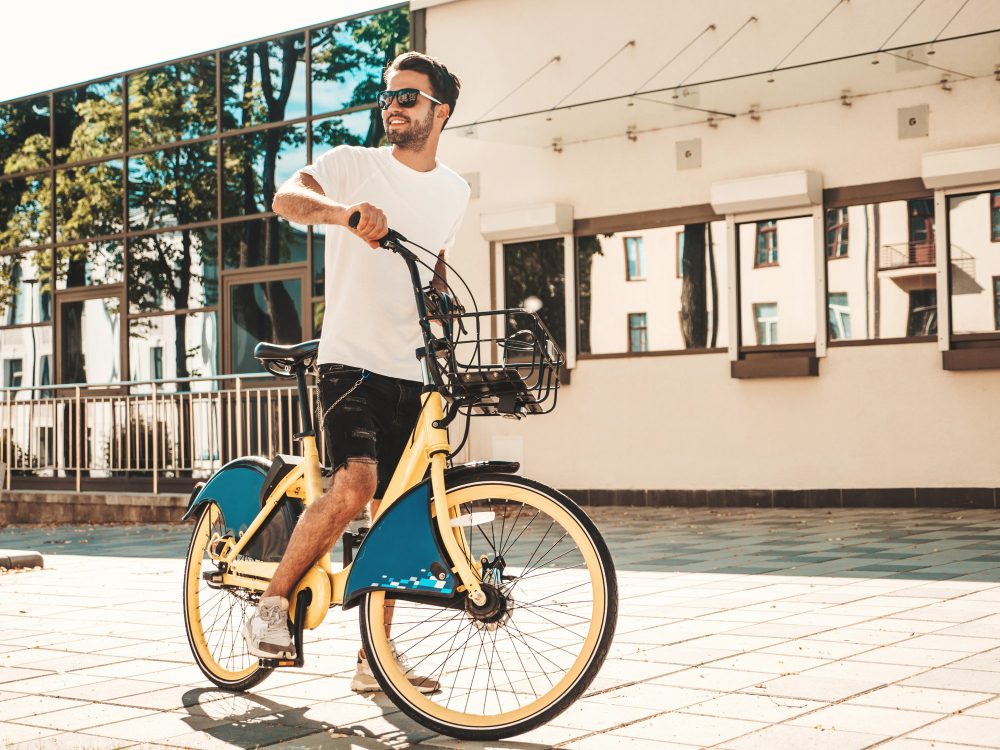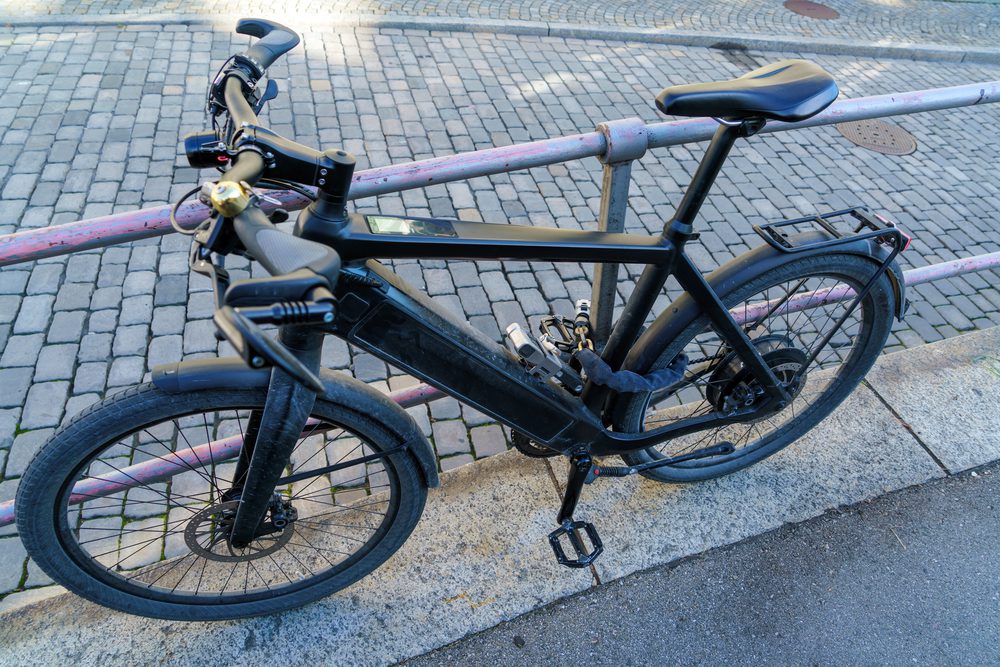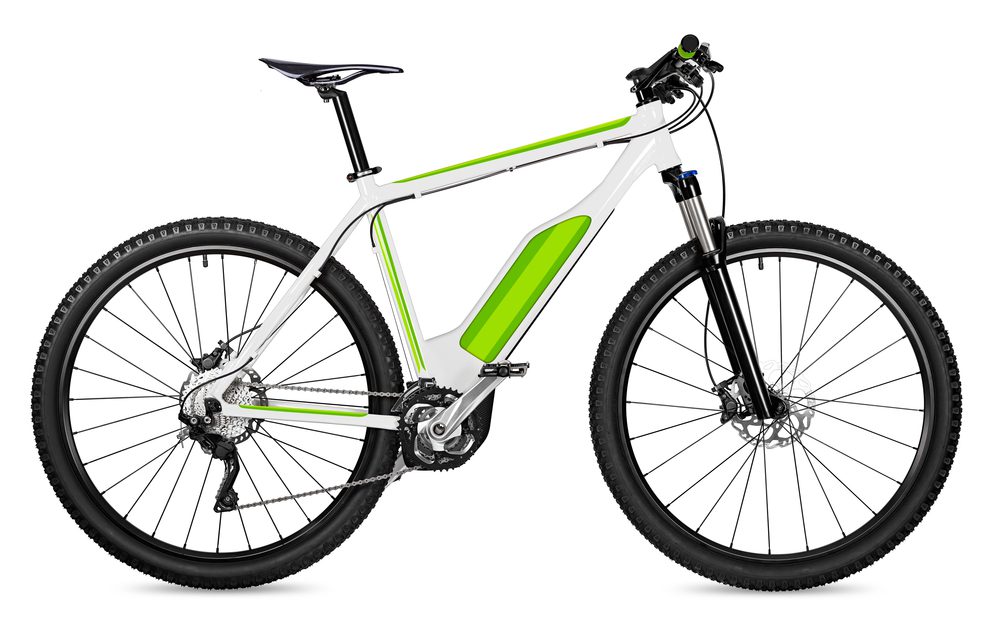Can you turn electric bikes on and off?
Electric bikes, also known as e-bikes, have gained popularity in recent years as a convenient and eco-friendly mode of transportation. With their integrated electric motor, these bikes provide assistance to riders, making cycling easier and more enjoyable. However, many people still wonder: Can you turn electric bikes on and off?
Understanding Electric Bike Technology
Before diving into the specifics of turning an e-bike on and off, it’s important to understand how these bikes work. Electric bikes are equipped with a battery-powered motor that provides assistance when pedaling. The motor can be controlled through various mechanisms, such as a handlebar-mounted display or a control panel located on the bike’s frame.
The power supply for electric bikes typically comes from a rechargeable battery, which is usually removable for convenience. These batteries are designed to be long-lasting and can provide assistance for several hours of riding, depending on the model and usage.
Turning Your Electric Bike On
To turn an electric bike on, you usually need to follow a few simple steps:
- Ensure that the battery is properly inserted into its designated slot on the bike.
- Check that the bike’s display or control panel is functioning correctly.
- Press the designated power button or switch to turn the bike on.
- Wait for the display or control panel to indicate that the bike is powered on.
Once the bike is turned on, you may hear a beep or see a notification on the display, indicating that the electric assistance is ready for use.
Turning Your Electric Bike Off
To turn an electric bike off, the process is generally straightforward:
- Make sure the bike is stationary and not in motion.
- Locate the power button or switch on the bike’s display or control panel.
- Press and hold the power button or switch for a few seconds.
- Wait for the display or control panel to indicate that the bike is powered off.
Once the bike is turned off, the motor assistance will no longer be available, and the bike will operate like a regular non-electric bicycle.
The Importance of Turning Off Electric Bikes
While it may seem unnecessary to turn off your electric bike when not in use, there are a few reasons why doing so can be beneficial:
1. Battery Life: Turning off your electric bike when not in use helps preserve the battery life and prevent unnecessary drainage.
2. Safety: By turning off the bike, you reduce the risk of accidentally engaging the motor and potentially causing harm to yourself or others.
3. Energy Conservation: Switching off the bike when it’s not needed contributes to energy conservation and promotes a more sustainable approach to transportation.
It’s worth noting that some electric bikes may have an auto-sleep feature that automatically turns off the motor after a certain period of inactivity to further conserve energy.
In conclusion, yes, you can turn electric bikes on and off. Understanding how to properly operate your e-bike ensures a seamless riding experience while maximizing battery life and promoting safety and sustainability.
Do electric bikes charge when you pedal?
Electric bikes, also known as e-bikes, have gained popularity in recent years due to their eco-friendly nature and convenience. One common question that arises is whether these bikes can charge their batteries while pedaling.
How do electric bikes work?
Electric bikes are equipped with a motor and a battery pack that powers the motor. When you pedal, the motor provides assistance, making it easier to ride uphill or against strong winds. The battery supplies the necessary energy for the motor to operate.
Regenerative braking
Some electric bikes are equipped with regenerative braking technology, which allows the bike to recharge its battery while braking. When you apply the brakes, the kinetic energy generated during the process is converted into electrical energy and stored in the battery. However, it’s important to note that not all e-bike models have this feature.
Charging the battery
To charge the battery of an electric bike, you typically need to connect it to a power source using the provided charger. Pedaling alone does not generate enough energy to fully charge the battery. However, pedaling can help extend the range of the battery by reducing the workload on the motor and ultimately consuming less energy.
The benefits of pedaling an e-bike
Even though pedaling may not directly charge the battery, it still offers several benefits. Firstly, cycling is a great form of exercise and can help improve your overall fitness. Secondly, by pedaling along with the assistance of the motor, you can conserve battery power and increase the distance you can travel on a single charge.
In summary, electric bikes do not charge their batteries when you pedal, unless they are specifically designed with regenerative braking technology. Nevertheless, pedaling an e-bike is still advantageous as it promotes physical activity and helps extend the battery range.
“Electric bikes provide a convenient and eco-friendly way to commute while offering health benefits through pedaling.”
How far will an electric bike go without pedaling?
An electric bike, also known as an e-bike, is a great alternative mode of transportation for commuting or leisure rides. One of the main advantages is the ability to travel long distances without exerting too much effort. The distance an electric bike can go without pedaling depends on several factors.
Battery Capacity and Efficiency
The primary factor determining the range of an electric bike is the battery capacity. The higher the battery capacity, the longer the bike can travel without pedaling. Most e-bikes have batteries ranging from 300Wh to 600Wh, with some high-end models exceeding 1000Wh. A higher capacity battery typically provides a longer range.
Besides capacity, battery efficiency also plays a role in determining the range. Modern e-bike batteries are designed to efficiently convert stored energy into motion. The more efficient the battery, the farther you can travel without pedaling.
Terrain and Riding Conditions
The terrain and riding conditions also affect the range of an electric bike. Riding on flat roads or smooth surfaces requires less power, allowing the e-bike to cover more distance without pedaling. In contrast, uphill climbs or riding against strong headwinds will consume more power, reducing the range.
Assist Level and Pedal Input
Most electric bikes offer multiple assist levels, allowing riders to choose the desired level of motor assistance. Higher assist levels provide more power, enabling you to cover more distance without pedaling. However, using the highest assist level continuously may significantly reduce the range.
Additionally, the amount of pedal input you provide also affects the range. If you contribute some pedaling effort, the battery will last longer and allow you to go further without recharging.
Manufacturer Specifications and Real-World Range
It’s important to note that the range provided by manufacturers is often based on ideal conditions, such as flat terrain, moderate speeds, and optimal battery usage. Real-world range may vary depending on various factors, including rider weight, speed, temperature, and overall bike setup.
Quote: “On average, an electric bike can travel anywhere between 20 to 80 miles without pedaling, depending on the factors mentioned earlier.” – Electric Biking Magazine
To give you a better understanding, here’s a table showcasing the estimated ranges for different battery capacities:
| Battery Capacity (Wh) | Estimated Range Without Pedaling (Miles) |
|---|---|
| 300 | 20-40 |
| 500 | 30-60 |
| 700 | 40-80 |
Keep in mind that these are approximate ranges and can vary based on individual riding habits and conditions.
- Charge your e-bike’s battery fully before each ride to maximize the range.
- Consider adjusting the assist level and providing some pedal input to extend the battery life and go further without recharging.
- If you plan on going on longer rides, ensure you have access to charging facilities along the way.
- Remember that battery range decreases over time as the battery ages, so it’s a good idea to regularly check the health of your battery.
With all these factors in mind, an electric bike offers an impressive range without pedaling, making it a convenient and eco-friendly option for various riding needs.



